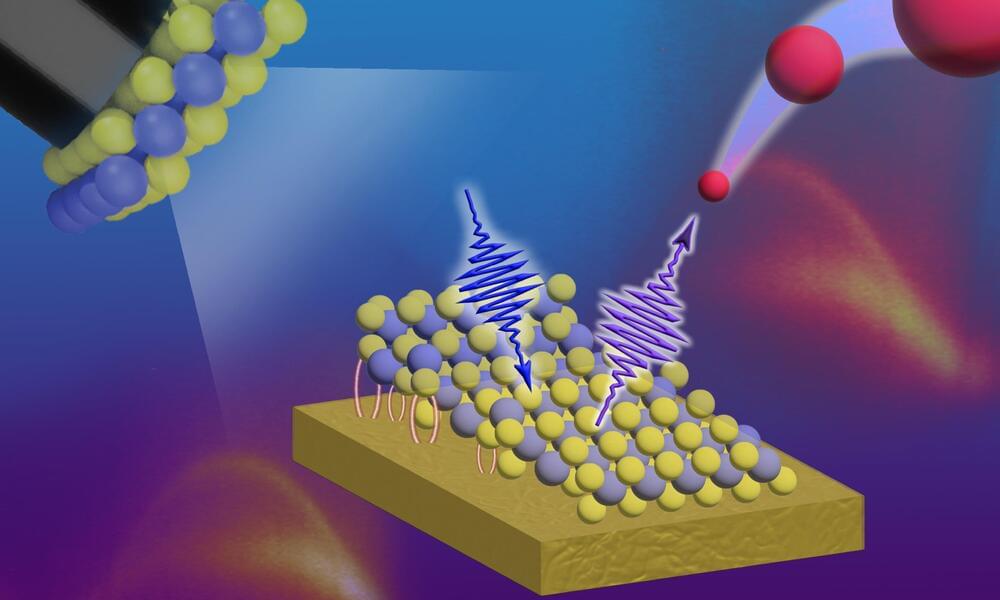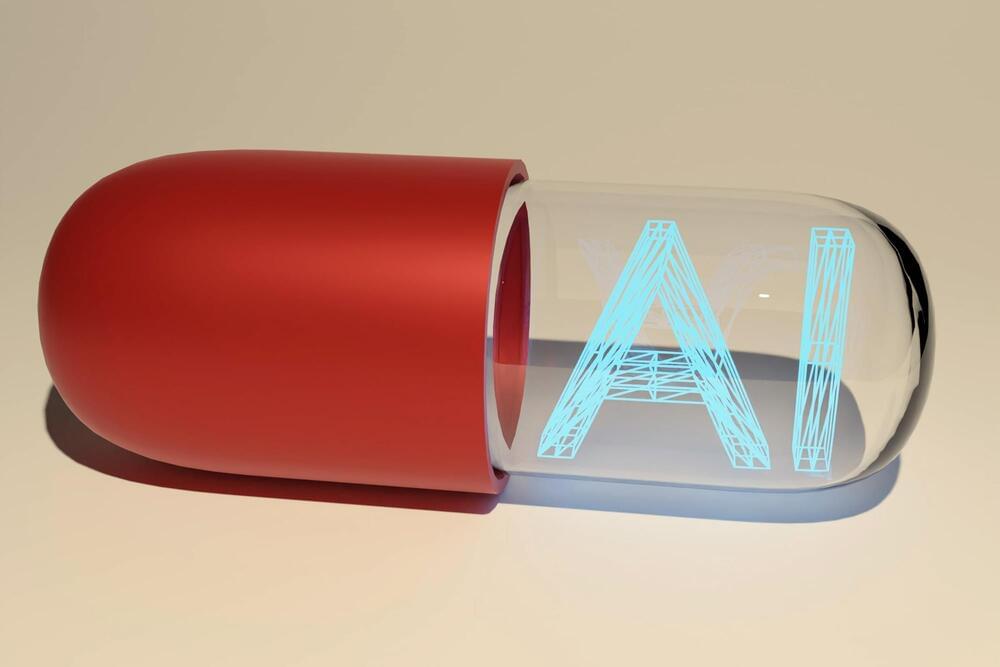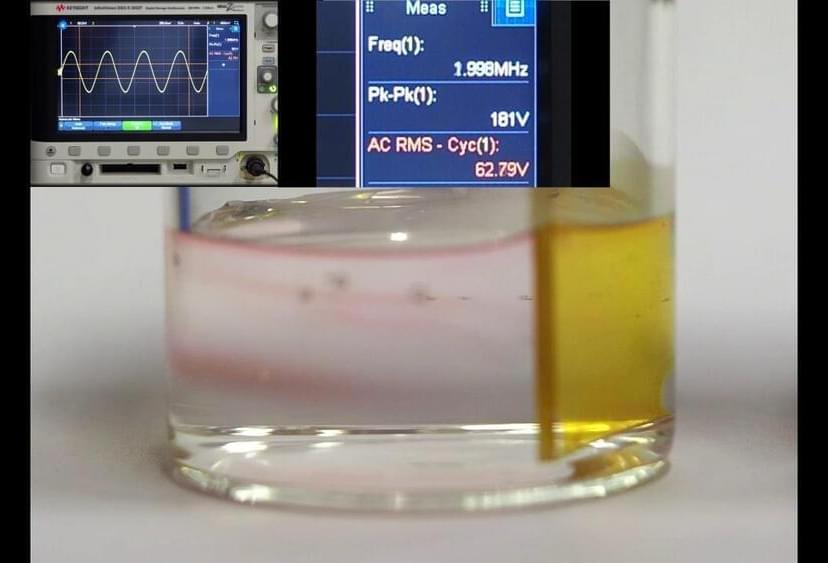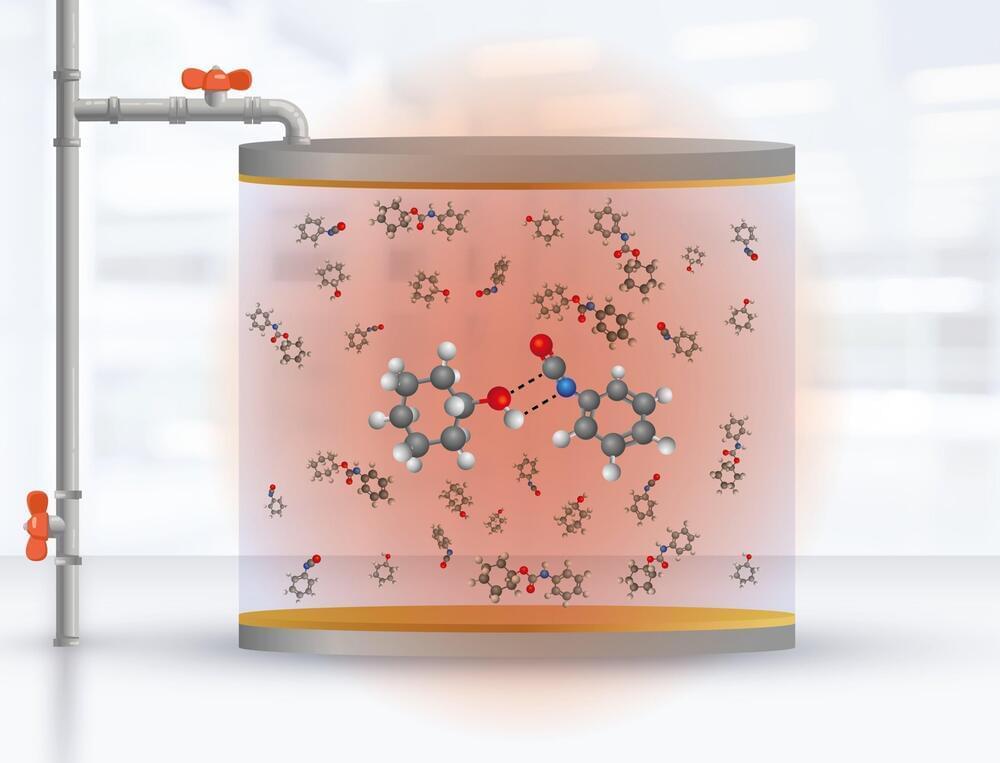Jun 19, 2023
How AI Can Help Find New Minerals On Earth And Other Planets
Posted by Gemechu Taye in categories: chemistry, robotics/AI, space
Rocks and minerals contribute essential raw materials for any civilization, and in a technological society minerals (and the rare elements they contain) are especially sought after. In the past, most discoveries of mineral deposits have resulted from perseverance and luck.
In the last 200 years scientists realized that minerals are not distributed randomly. Many of the over 5,000 different minerals occurring on Earth exist in a so-called paragenesis. A paragenesis is a mineral assemblage formed under specific physico-chemical rules, like a certain chemical composition of the host rock or when the right conditions — like temperature and pressure — are met.
A machine learning model can predict the locations of minerals on Earth — and potentially other planets — by taking advantage of patterns in mineral associations.
Continue reading “How AI Can Help Find New Minerals On Earth And Other Planets” »


















